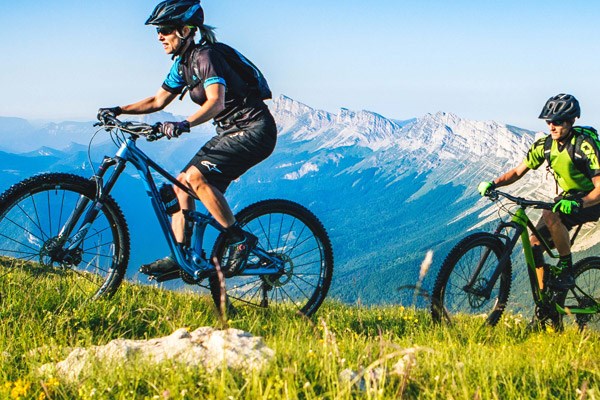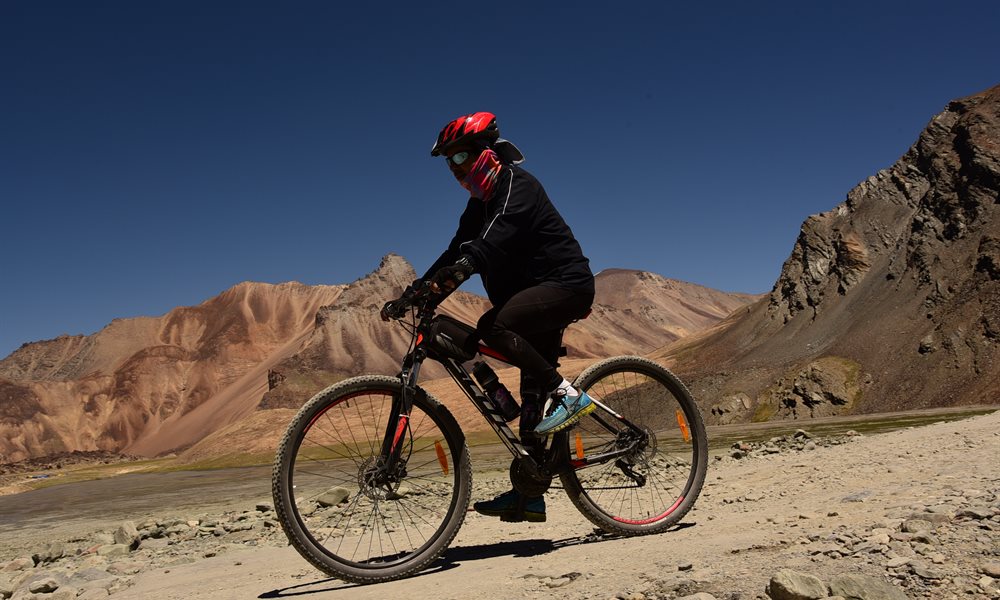Mountain biking is an exciting and challenging sport that has become increasingly popular over the years. Whether you’re a beginner or an experienced rider, there are various disciplines and gear options available to suit your needs and preferences. In this article, we’ll explore the different disciplines of mountain biking and the gear you need to get started.
Disciplines of Mountain Biking

Mountain biking, like many other sports, has various disciplines that riders can explore. Each discipline has its own unique characteristics and requires different skills and equipment. Here are some of the most popular disciplines of mountain biking:
- Cross Country (XC) – This is the most common discipline of mountain biking. XC trails are usually long and narrow with steep climbs and descents. Riders compete in races that require endurance, speed, and technical skills.
- Downhill (DH) – As the name suggests, DH trails are designed for riders to go downhill at high speeds. Riders wear full-face helmets and body armor for protection. DH bikes have long travel suspension and are built for speed and stability.
- Enduro – Enduro is a combination of XC and DH. Riders race on timed stages, and the winner is the one with the best overall time. Enduro trails have a mix of uphill and downhill sections, and riders need to be skilled in both disciplines.
- Freeride – Freeride is all about style and creativity. Riders perform tricks and jumps on natural or man-made obstacles. Freeride bikes are built for durability and have long travel suspension.
- Trail Riding – Trail riding is the most versatile discipline of mountain biking. Riders can explore different types of terrain and trails, from smooth single-track to rough and technical terrain.
Gear You Need for Mountain Biking

Mountain biking requires specialized gear to ensure your safety and comfort on the trails. Here are some essential items you need:
- Helmet – A good quality helmet is essential for protecting your head in case of a fall. Make sure your helmet fits properly and meets safety standards.
- Bike – Choose a bike that’s suitable for the discipline you want to explore. XC bikes are lightweight and efficient, while DH bikes are heavy and built for speed and stability.
- Suspension – Suspension helps absorb shock and improve your control on rough terrain. Choose a suspension system that’s appropriate for the type of riding you’ll be doing.
- Protective Gear – Depending on the discipline, you may need additional protective gear such as body armor, knee and elbow pads, and gloves.
- Clothing – Wear comfortable and breathable clothing that’s appropriate for the weather and terrain. Consider investing in specialized mountain biking shoes for better grip and support.
- Tools and Accessories – Carry a bike repair kit, pump, and other essential tools in case of a mechanical issue on the trails. Also, consider accessories such as hydration packs, lights, and GPS devices.
Mountain biking is an exciting and challenging sport that offers various disciplines and gear options to suit your needs and preferences. Whether you’re a beginner or an experienced rider, explore the different disciplines of mountain biking and gear up for an adventure on the trails!

